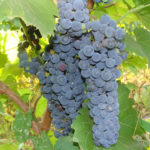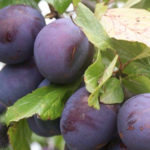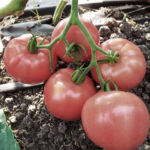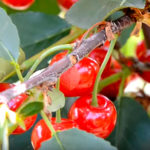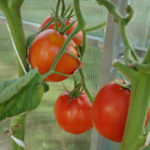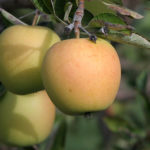Celeste radish variety (F1)
Dutch breeders have long delighted gardeners with successful hybrids of various vegetables. For radish lovers, they have developed a very interesting variety - Celeste. He is a hybrid of the first generation, which means that he is endowed with the best characteristics of his parents. The applicant is Enza Zaden Beheer B.V. It was entered into the State Register in 2009 and approved for cultivation in all regions of Russia. Designed for personal subsidiary plots.
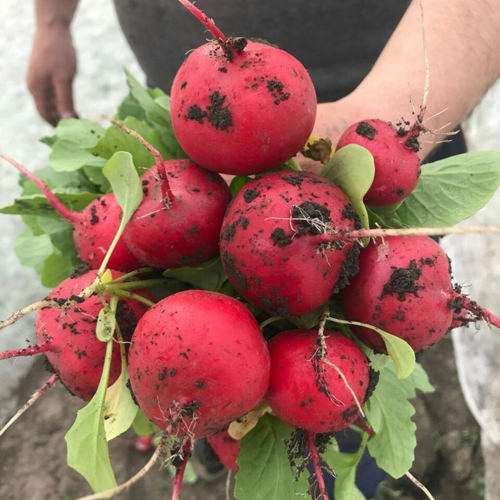
Appearance
The plant has a low erect leaf rosette, which makes it look compact. The leaf plate is obovate, grayish-green in color. The petiole has a weak anthocyanin coloration. The root crop has a beautiful rounded shape, a round head and a characteristic thin tail. The diameter of a ripe fruit is 5 cm. The average weight is 18 - 23 grams. The skin is shiny, colored bright red. The pulp is white, firm, but juicy and tender. Taste qualities are excellent, with a weakly expressed pungency, which does not spoil the taste, but rather gives it a piquancy. Thanks to this, radishes are ideal for vitamin salads, which are great combined with other products.
Characteristics
- Celeste ripens mid-early. From the moment of the emergence of friendly shoots to the harvesting period, 23 - 25 days pass. Due to the rapid ripening, several harvests can be obtained by sowing seeds until August;
- the seed shows excellent germination, root crops ripen together;
- grows well in open and closed ground. In heated greenhouses, this crop can be grown all year round;
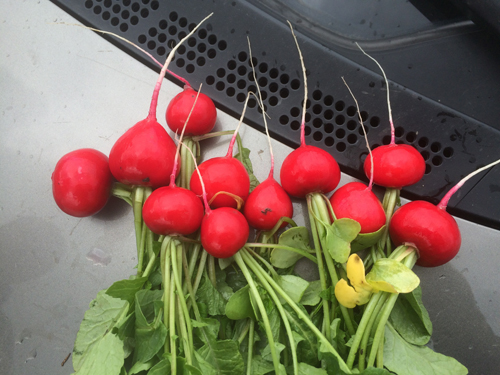
- the yield of the variety is very good - 1.5 - 1.7 kg / m2. Shows the best results indoors;
- the culture is undemanding to lighting, which gives an additional advantage in early spring and autumn, when the daylight hours are still not long enough;
- especially resistant to flowering and shooting;
- plastic, resistant to temperature changes, copes well with heat;
- has excellent immunity to many fungal and viral infections, is not susceptible to peronosporosis;
- perfectly withstands transportation over long distances;
- subject to storage standards, radishes can be stored for a long time without losing their presentation and taste.
Features of agricultural technology
Indoors, Celeste seeds are sown in the first decade of March. Opened one month later. The seeding depth of the seed is 1 - 2 cm. Taking into account the compactness, the row spacings are placed at a distance of 6 - 8 cm, and the seeds are spread every 5 cm. If the planting turns out to be thickened, after the appearance of the seedlings, it must be thinned out.
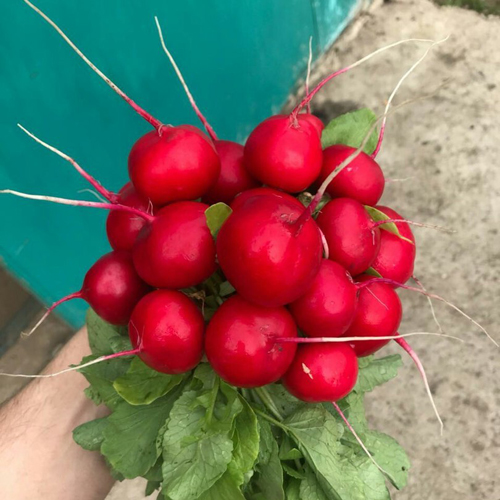
Planting maintenance is not particularly different from standard agricultural techniques. But of course there are some exceptions. For example, watering. It must be timely, but not excessive, otherwise the variety may undergo putrefactive diseases. You also need to give preference to light soils, which have been fertilized in advance. Avoid planting on heavy or salty soils. To obtain a good harvest, it is important to observe the crop rotation. The quality and quantity of radishes will deteriorate significantly if you use plots for planting where crucifers, cabbage or beets previously grew. The best precursors are legumes, potatoes, and tomatoes. Preventive measures should be taken against aphids and cruciferous fleas.
Summing up, we can say that this wonderful radish has a lot of positive characteristics. Among them are excellent yields with fairly easy maintenance, the ability to harvest a high-quality crop several times due to a short ripening period.Celeste has an excellent presentation, excellent transport and storage, which interested farmers.
But there is also a weakness. It is expressed in strict adherence to the correct watering schedule. If the variety grows in dry soil, its taste and pulp quality will decrease and cause disappointment. Root crops will be small and firm, with a clear predominance of bitterness. In excessively moist soils, putrefactive diseases cannot be avoided.
